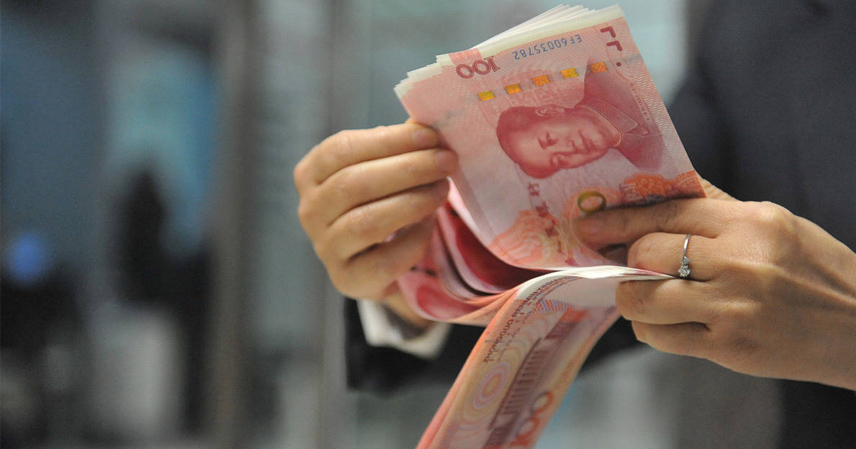In recent years, China’s economy has witnessed a puzzling phenomenon: on one hand, money supply has expanded rapidly; on the other, everyone seems short on cash.
By the end of August 2025, China’s broad money supply (M2) reached 331.98 trillion yuan, an 8.8% year-on-year increase. The total M2 is now roughly twice the size of China’s GDP. Yet, despite this monetary expansion, both businesses and individuals are complaining about having no money.
This paradox exists because much of the newly created money remains trapped within the financial system, circulating among institutions but not flowing into the real economy. The underlying reason is a lack of confidence—from companies, governments, and households alike—about the future. And rebuilding confidence takes time.
As the “money shortage” deepens, five clear changes have begun to shape Chinese society.

1. Government Jobs Are No Longer “Iron Rice Bowls”
In the past, working for government institutions guaranteed lifelong job security. That’s no longer the case.
For instance, Heilongjiang Province announced that it would cut 20% of non-staff personnel every year for the next five years. Many regions are also replacing lifetime positions for teachers, doctors, nurses, and librarians with contract-based employment. In some areas, even salaries and bonuses for government employees are being reduced.
The root cause is clear: declining land-based fiscal revenue has sharply reduced local government income. With budgets under pressure, public-sector benefits are being scaled back, and the once unshakable “iron rice bowl” is starting to crack.

2. Housing Demand Keeps Falling
Since 2024, China has rolled out numerous real estate stimulus policies—lifting purchase restrictions, cutting mortgage rates, and more. Yet, housing demand continues to drop.
By October 2025, the number of second-hand homes listed for sale nationwide had surpassed 7.53 million units. The main reason is simple: incomes are stagnating or even declining, leaving households unwilling or unable to buy homes.
When wallets are tight, buying property becomes a luxury.

3. Consumer Spending Is Shrinking
With incomes under pressure, many households are cutting back on non-essential spending. Dining out less, cooking at home more; holding off on upgrading phones or cars until absolutely necessary.
Even among young people, budget travel is becoming trendy—favoring small towns and affordable destinations over luxury resorts. Meanwhile, some middle-class families have postponed plans to buy new vehicles due to reduced earnings or job losses.
The result: a clear contraction in consumer demand across nearly all sectors.

4. The Second-Hand Economy Is Booming
At the same time, the second-hand market is thriving.
Consumers are increasingly turning to used goods to save money—a 9/10 new coffee machine that once cost ¥8,000 can be bought for ¥5,000, and a domestic mid-range car that sold for ¥200,000 last year might now fetch only ¥130,000 on resale.
In the first quarter of 2025, major second-hand platforms saw a 53.7% surge in transaction volume, with over 350 million users participating.
The popularity of used goods reflects a broader truth: in an era of limited cash, people are redefining value and consumption.

5. More People Are Taking on Side Jobs
As layoffs and pay cuts continue, even those who remain employed are earning less. With mortgage payments still looming, many are seeking part-time work to make ends meet.
Food delivery, ride-hailing, online sales—side hustles have become a lifeline.
According to a 2025 mid-year workplace survey, 48% of employees already have a part-time job, while another 32% are actively seeking one. As the financial squeeze continues, this number is expected to rise further.
A Society Adapting to a “Cash Crunch”
These five shifts all stem from the same issue—a shortage of money circulating through society.
Yet, they also show how people are adapting: contract-based government employment promotes efficiency; the booming second-hand economy fosters sustainability; and more side jobs reflect a drive for resilience and independence.
Eventually, as China emerges from its deflationary cycle, the era of “not having enough money” will gradually fade. But until then, the nation is learning to adjust, innovate, and endure.



